Interview Judith A. Torres
Images NOVA Group and Menarco Development
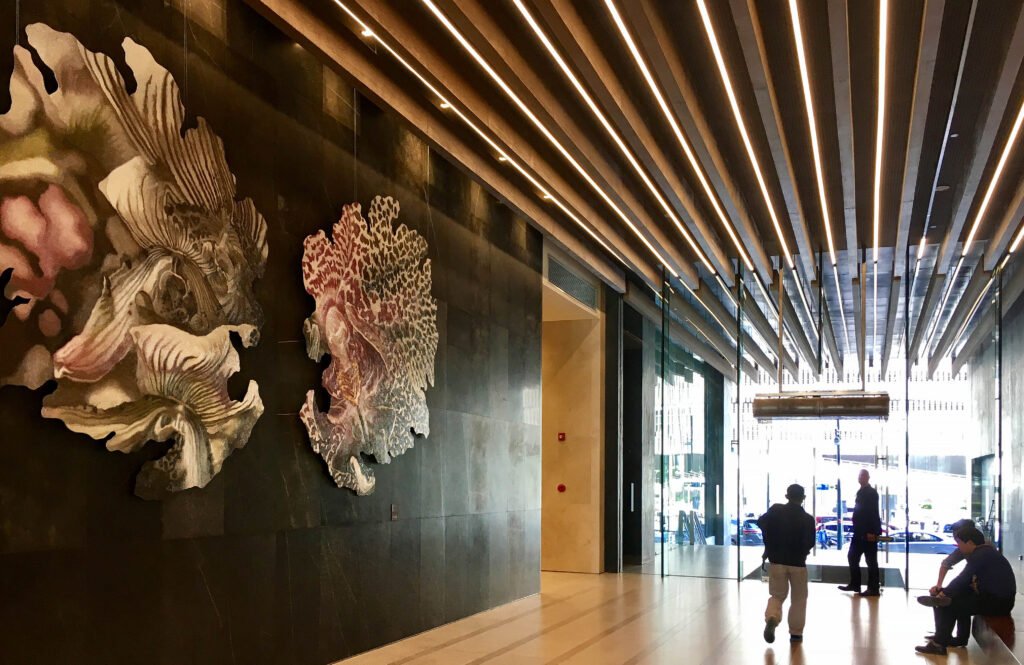

Every developer wants to attract the best tenants. “Best” is relative, driven by a set of corporate values. For Menarco Development Corporation’s Carmen Jimenez-Ong and Nova Group’s Chut Cuerva, building occupancy is art, and they are curators. This is evidenced by how Menarco Tower and Nex Tower standout in their central business districts’ skylines, how they contribute to street life with the oomph of their entrances and lobbies, and the efforts to get top marks in certification.
Nex Tower is Leadership in Energy and Environmental Design (LEED) Platinum certified and is the sole Philippine project to ever bag Urban Land Institute’s Asia Pacific Award for Excellence. Meanwhile, Menarco is the first to pursue WELL certification in the country, and the only building in Asia to be both LEED Gold and WELL Gold certified. It was recognized as the “Best Green Development” at the 2016 Philippine Property Awards. You can compare Jimenez-Ong and Cuerva to your batch’s aces who battle it out at the annual quiz bee, but who also like to exchange study notes prior to exams.
They are generous with praise for the other’s projects, tips on training their children how to live sustainably, and recommendations for how to deal with the quirks of Filipino office culture. “People come in and brush their teeth in the office bathroom. You don’t see that in many other cultures. It’s a particular thing that people do that increases water consumption,” Cuerva shares. “There will always be someone who wants to wash their Tupperware with dinuguan in the bathroom,” Jimenez-Ong chimes in.
The two developers are privy to every nook and cranny of their properties. Inspecting clean-outs is like, as Cuerva puts it, “…a whole new world!” Working closely with their management teams, they know what it takes to optimize resources not just to meet certification requirements but because resources like water, energy, and human well-being cannot be taken for granted.
As more developers and global companies pledge to meet net zero commitments, manufacturers of building fixtures are acutely conscious of customizing resource-efficient products to respond to cultural nuances to create change that sticks. “At LIXIL, we provide consumers with alternatives that do not sacrifice the consumer experience. We don’t want to drastically change consumer behavior, but constantly, in small incremental steps, incentivize people to adapt behaviors that are more responsible,” says Priyanka Tanwar, Leader, Communications and Corporate Responsibility LIXIL Asia.
LIXIL, which achieved carbon neutrality at all its manufacturing plants (which include GROHE, INAX, and American Standard) in 2020 and uses 50% renewable electricity while producing their products, aims to improve on their standing in the Dow Jones World Sustainability Index, where it currently ranks second. “The LIXIL sustainability agenda is very closely linked to our overall purpose as an organization, which is making better homes a reality for everyone everywhere. And that suggests to you the kind of inclusion that embraces every type of consumer group.” The reason for addressing each consumer group, Tanwar says, is the realization that “we each have a role to play to transform the whole ecosystem and change consumer behavior.”


Judith Torres: Chut, what policies do you have at Nex Tower that you encourage tenants to observe regarding water usage?
Chut Cuerva: We don’t have any. We used technology to make it easy. Like the faucet is infrared-activated so you only use the amount of water you need. A common problem with older buildings is faucets are left running or leaking, and so you waste a lot of water. By using faucets with sensors, we don’t have to worry about that, and we don’t have to police that. Same thing with the toilets and the urinals, they auto flush, so a toilet or urinal will calculate how long you are sitting there and use the right amount of water to flush. So that’s the approach we took. By choosing the right fixtures, we are saving 46 percent more water than your standard building.
Wow, 46 percent. That’s amazing. Carmen, do you have similar numbers?
Carmen Jimenez-Ong: Yes, we do. Our project has reduced potable water use by 47.49%. Potable water for sewage conveyance is reduced by 100%. Landscaping and irrigation systems in Menarco have been designed to reduce potable water consumption for irrigation by 100%. All this means is instead of using clean, potable water to do things that do not require potable water that people should be drinking, we harvest gray water and created a gray water system so that water from the condensate drains and water used for washing gets filtered and plowed back into our system to water the plants for example, which I am sure is done by Chut as well.
Cuerva: Same with us. We have five gardens around the building and a rainwater harvesting system that collects the rain that falls on the roof and filters it to irrigate the plants.
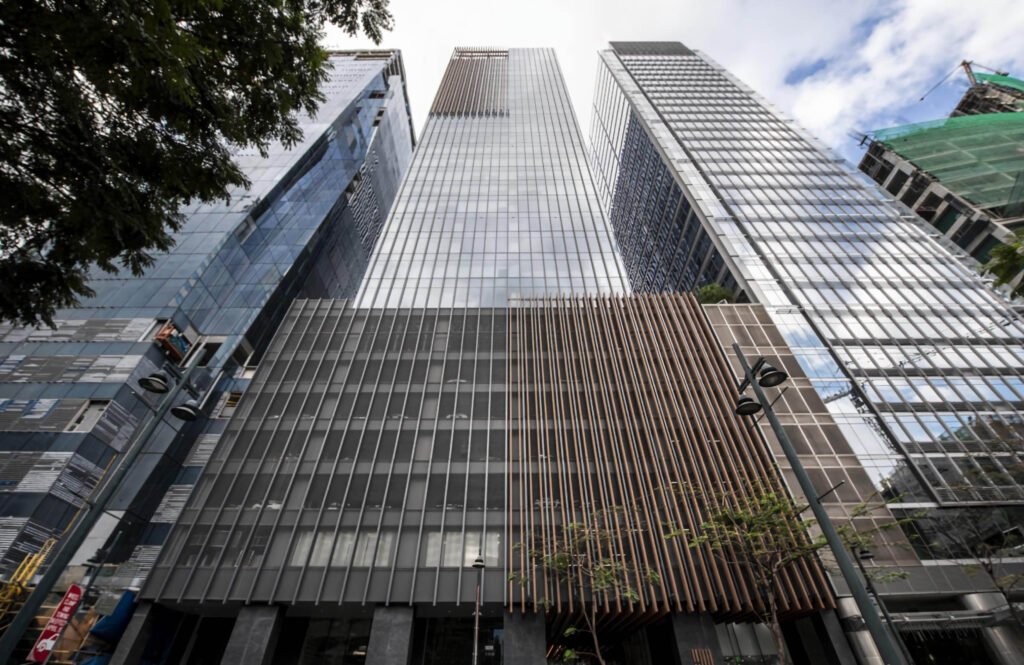

Jimenez-Ong: Chut and I will have similar numbers. The reduced potable water use we’ve seen is 65% because we capture from four sources: rainwater, as Chut mentioned, and processed water from condensate drains, gray water from lavatories, and floor drains. It comes from a philosophy of treating water like gold, saving it when and where you can.
And why do we need to do that? There is water scarcity. The water outlook for 2025 is that 1.8 billion people will be suffering from water scarcity. When we look at global water consumption, it is growing three times our growth rate. We are wasting and spending on so much water, and there is so much wastage! We need to tackle this. As developers, we need to do our part.
Cuerva: You wouldn’t think there’d be water shortages when it rains like crazy here. But what we are trying to do is store the water. When there is plenty of water, you can store that so when there is no water, you use that. It’s a similar predicament to solar panels. When it is sunny, you want to store that energy in a battery and then use it when the rates are expensive. It’s really a storage solution that we use.
The other benefit of storing water is that during huge downpours, it helps the sewerage systems. If more buildings like Nex and Menarco would capture rain during these downpours, then we can slowly release the excess into the sewerage systems instead of dumping it all at one time, which causes flooding in our cities.
Global sustainability consultant Arcadis on Sponge cities and other advocacies to control stormwater and address water scarcity
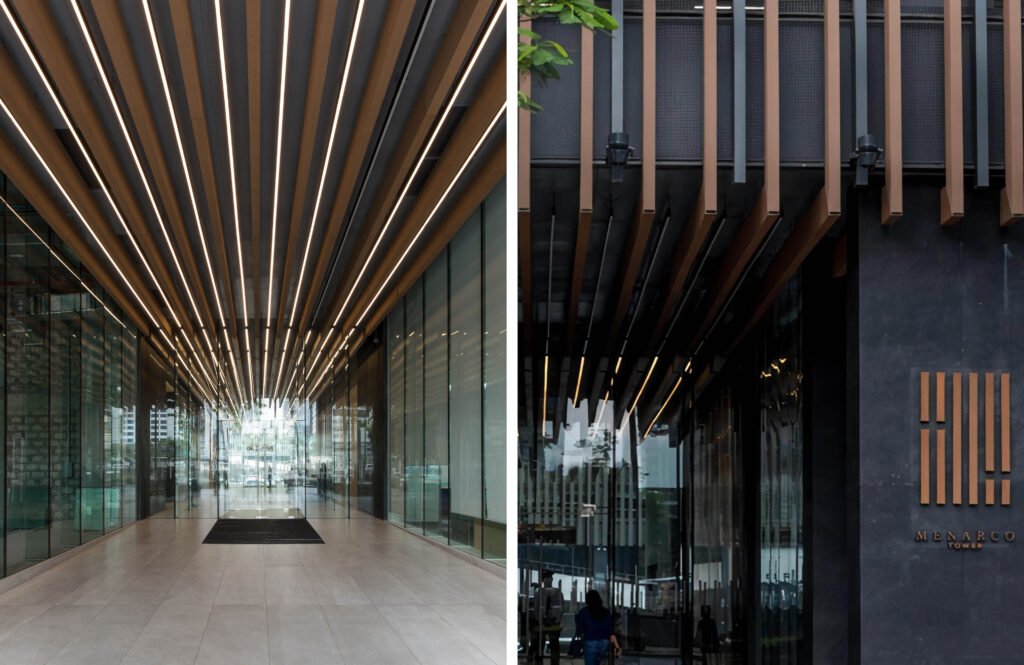

Do your buildings have luxuries you’re no longer using because you want to conserve? For example, Carmen, you have showers for employees. Are you saving enough water to justify letting people take showers at the office? Or is that something you would stop?
Jimenez-Ong: It’s a different value. The reason we have showers is to encourage people to exercise, to opt for mobility like cycling. Because of that goal, and of course we need to give all people the chance to freshen up, we chose efficient shower systems that don’t use too much water. So that’s the balance. Would I do it again? Yes, definitely. Some people find it useful, while some never use it.
Cuerva: How many people use it daily?
Jimenez-Ong: Prior to the pandemic, we had a number coming in using bikes. Not that many, but Chut, Menarco has a wellness floor as well, right? So, with fitness locators—yoga, pilates, workout studios–the showers on that floor get used more often. For corporate, not too much.
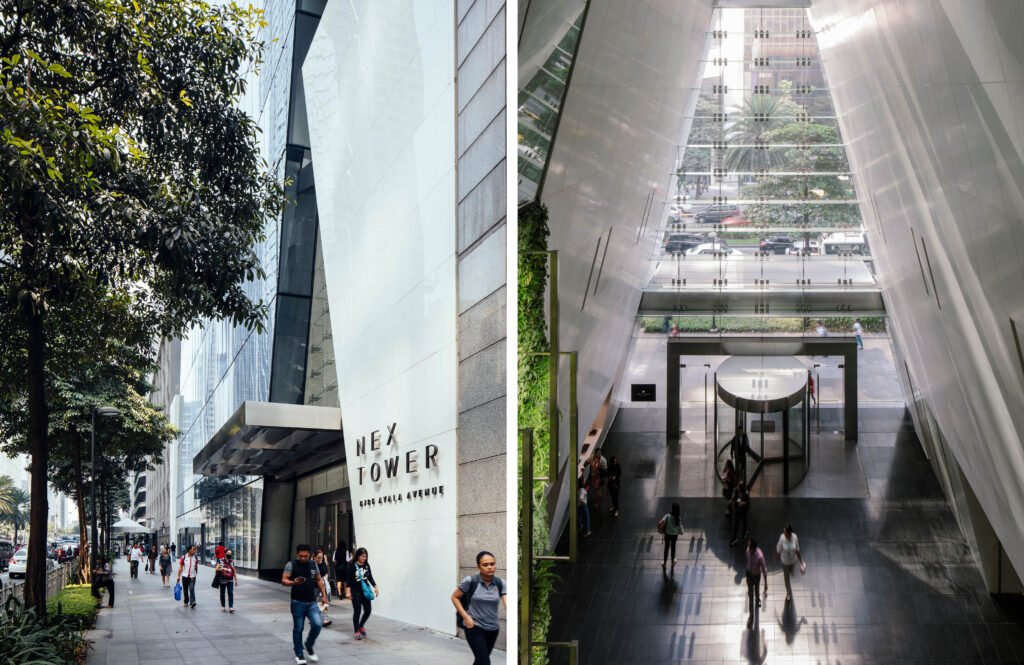

Cuerva: We also have limited use, which I was expecting. There are many challenges to that, Judith. Biking on our roads, for example Ayala Avenue, is pretty tough. Our weather is either pouring rain or super-hot. It’s not like Copenhagen, where the climate supports the biking culture.
Jimenez-Ong: Do you think after the pandemic, it will pick up? More people are riding bikes now.
Cuerva: People I know who would never bike before are biking now or taking an e-scooter. So, there is an uptake because of the pandemic.
Are there things you’ve learned from running your buildings that will make you make different decisions when you have your next building designed?
Cuerva: Always.
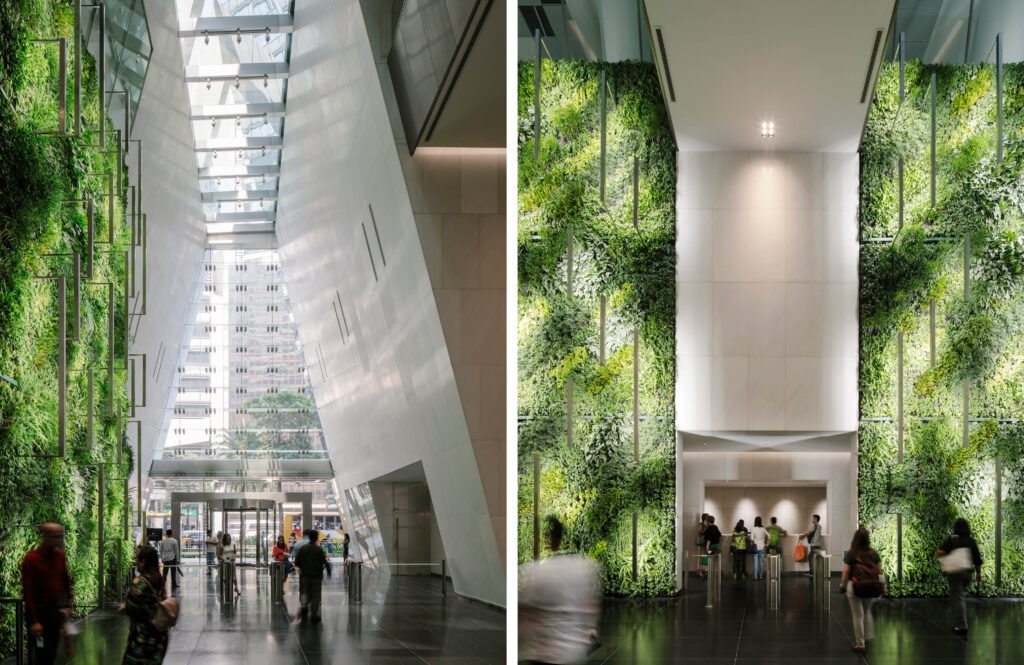

Specific to sustainability.
Cuerva: One thing we kind of pioneered at Nex is having that huge green wall. The response was so tremendous I want to take it to the next level on the next project. Not just in the lobby, but maybe every floor will have a garden. People really love being beside plants. You know, it is so good to see. Like when you go to the roof deck, and someone is there having their lunch quietly and just enjoying being with nature in the middle of the concrete jungle.
What would be your best argument to developers to build green walls?
Cuerva: Just come see what we did and how people react to it. Every now and then, someone on Google will give a rating. It pops up in our email. It is very rewarding to get these little reviews.
Jimenez-Ong: In terms of maintenance, how is it?
Cuerva: It is easier than the gardens that we have. It’s a really good system and surprisingly easy.
Jimenez-Ong: When we were exploring that for our wall, our consultants said, “Ay, you are going to have such a hard time. I am so glad you did it. I think they said it needs a balance of the humidity, air conditioning, and something else. All of those in one contained space is challenging. The one in Nex is beautiful. It is breathtaking. I am so happy that you did it and that you are successful in maintaining it.
Cuerva: A lot of factors went into it, a lot of research, but it paid off in the end.
Jimenez-Ong: Galing!
So, Carmen, different decision?
Jimenez-Ong: What I was hoping for are things from groups like LIXIL to help us figure out how to be more efficient in conserving not just water that we see but also water that we don’t see. For example, one of the things that worked for us was choosing efficient fixtures, helping us save the 47.49%. But what we don’t see are our leaks, how do we detect our leaks?
Cuerva: I was going to say that there are these WiFi-connected leak monitors. I myself am looking for these devices because I am about to complete the construction of my family’s house, so I’d like to know more about leak protection products.
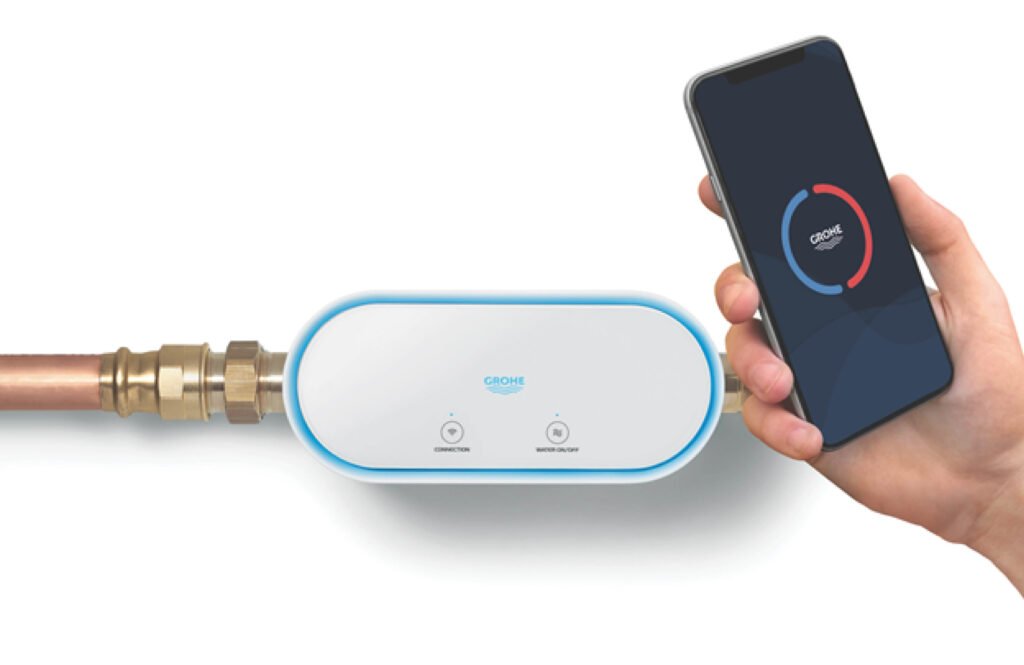
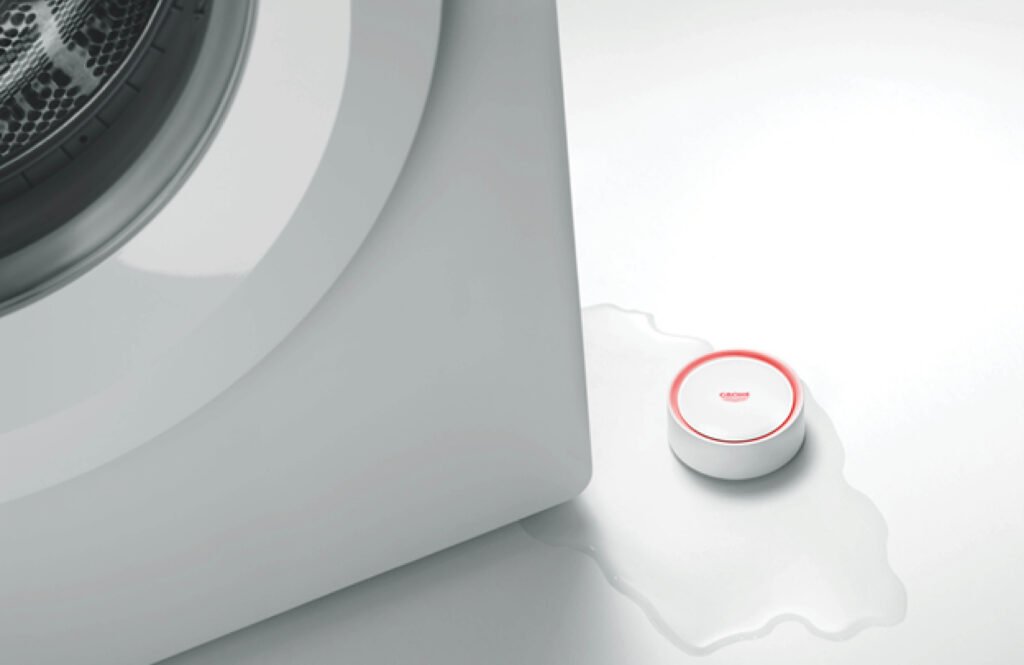
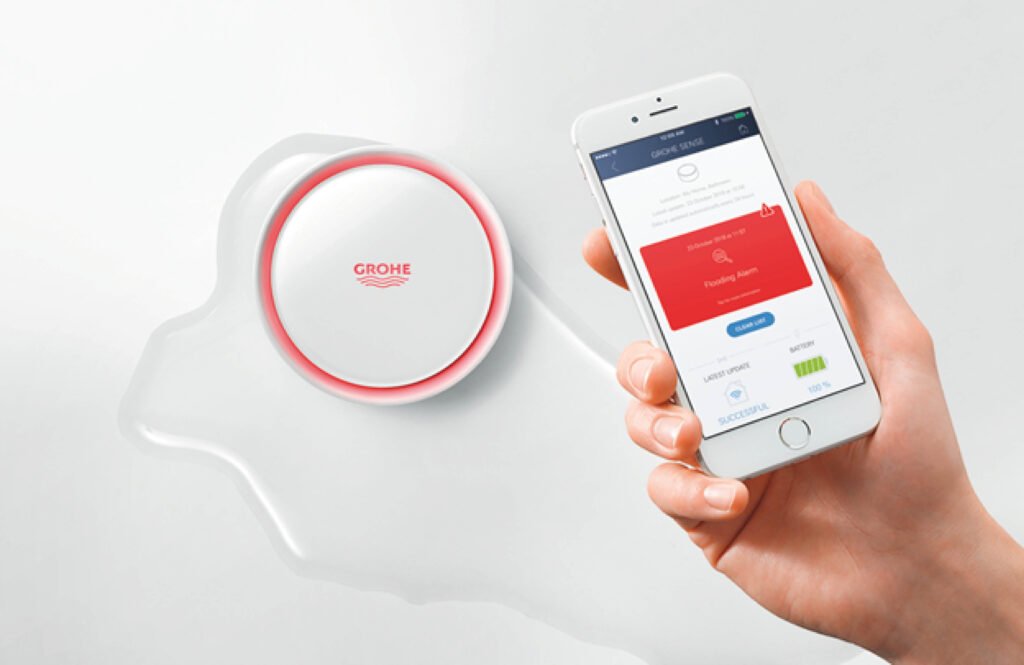
Editor’s note: LIXIL actually was present during the interview and had answers for the two conscientious developers. GROHE Sense Guard, for example, is a Wi-Fi-connected water controller installed on a home’s main water pipe that notifies homeowners via smartphone of leaks, including micro-leaks, so the homeowner can take action before the leak becomes bigger. In the event of a pipe break, GROHE Sense Guard automatically shuts off the water supply. Apart from that, the GROHE Sense app provides a complete overview of daily, weekly, and monthly water consumption. There is also GROHE Sense, a smart water sensor which detects water, such as from an overflowing bathtub, and alerts you when an issue is detected.
Watch: Before a drip becomes a flood GROHE Sense Guard
Jimenez-Ong: I would also like to track usage, how people use water, so they are mindful about how long they wash their hands or brush their teeth. I guess because our buildings are not people’s homes, they are less conscious about consumption. You know, our children have toothbrushes that ding after 30 seconds, after 2 minutes, so maybe they can install something like that in water fixtures. Chut, your kids must have that. Reminds them of time.
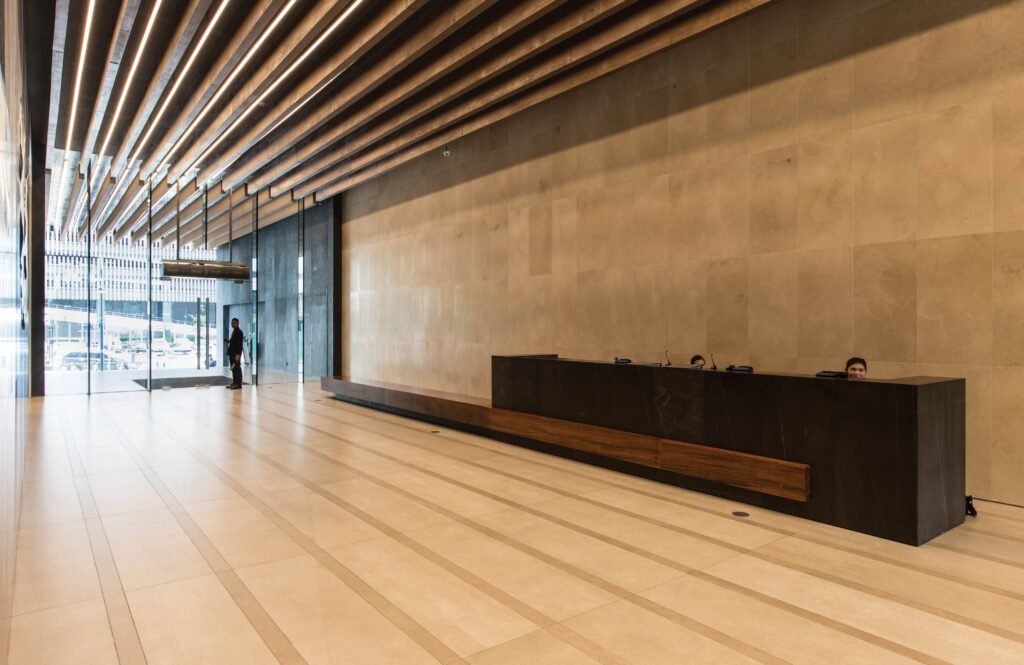

You want tech that tells people, “Hey, you are using too much water”?
Jimenez-Ong: Or not drinking enough. Because as a WELL building, it is not just about conserving water but also about the quality of water we give our tenants. We look at turbidity, at chlorine content because that can be cancerous.
Have you encountered water-saving technologies you had to change in Nex or Menarco you won’t use in your next building because the outcome was not ideal?
Cuerva: When we were faced with a decision on whether to use water-free urinals versus those that use water. By going water-free, you save tons of water. However, it isn’t really sustainable because the filters are not good for the environment. Also, it is not premium to have urinals that don’t have water. I’m surprised that some high-end establishments use them. In the end, we chose a urinal that uses half the amount of water than the usual.
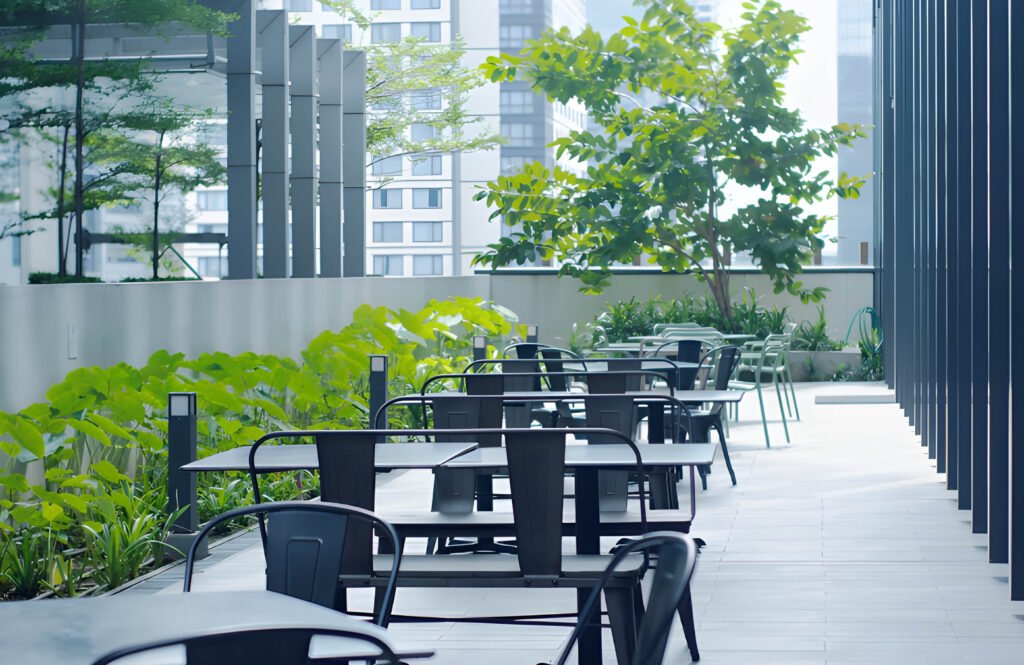

Jimenez-Ong: We also looked at that. But the bottom line is water is cleansing. You need water to clean up a place. It’s impossible for that to self-clean through air. So, as much as we want to use less water, we also want to be realistic. What we use to flush is gray water; Menarco does not use potable water to flush toilets and urinals.
I think if we did not have our gray water system, I would worry. In 2010, five percent of water use was by buildings. That figure now must have probably tripled. Menarco always wants to be part of the solution and not the problem. So, in that sense for me, I find that it is better. I sleep better at night. How about you, Chut?
Cuerva: One thing you have to keep in mind is your calculations of how much you are storing is correct, so you don’t run out especially when the building ramps up in tenancy.
Who does the calculation for you?
Cuerva: Your sanitary engineer in coordination with your LEED consultant, and the supplier of these systems as well.


Have you encountered developers who tried to outdo LEED standards?
Cuerva: Well, there are different tiers. And in terms of going Platinum, it is already a really high bar. And they improve the standards annually. So, if we do the same project, for example, four years from then, you have to reach a higher bar. So LEED is already doing that for us. There is no need for us to move the bar. We have to keep on stepping up our game.
What about scenarios with intentions to save more water that turned out to be less efficient, like toilets that use much less water, but you end up flushing twice or thrice instead of once?
Jimenez-Ong: You hit a good point there. There are two buttons, right? You either use half a flush or a full flush. So, it is also about orienting people how to properly use what you have. That’s what we learned in Menarco. We had to teach, and we had to teach what not to flush. I will spare you the details, but people flush things that belong in a trash can. So, we need to educate because there is a big gap. We are trying to achieve global standards in a place where they think the best way they can get people vaccinated is to threaten them with imprisonment. It is important to get everyone on the same page.
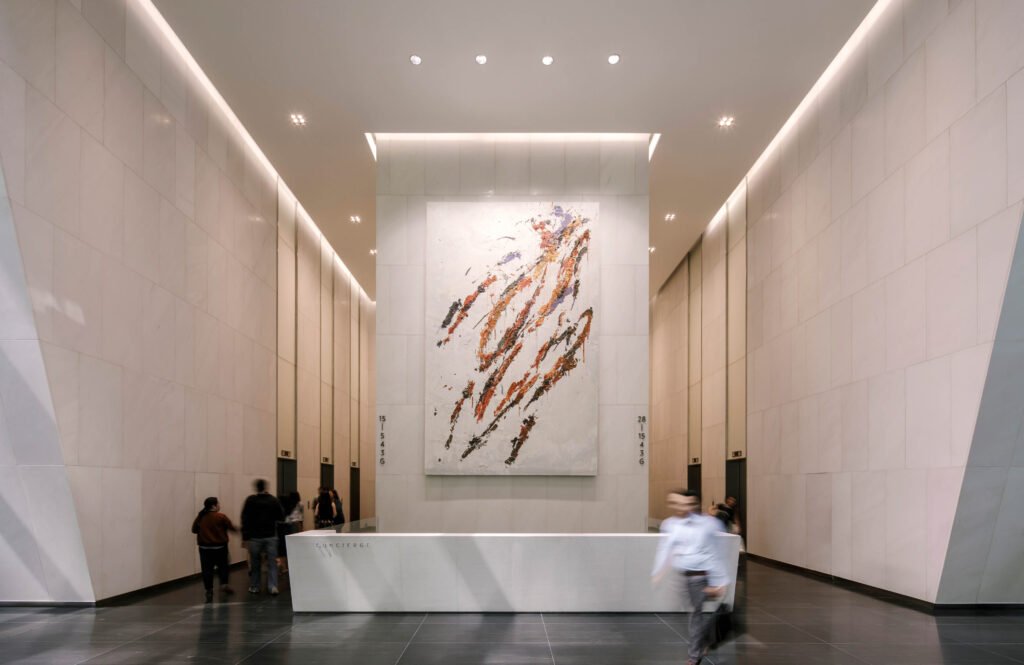

Cuerva: There is this gap between your LEED consultants abroad who want you to get the latest and the greatest technology, and you have office staff who moved to Manila just a month ago and does not know how to use these things. There is a gap like that in the built environment. Not just in bathrooms, but also in building management systems. You spend so much on software and hardware, but your team needs to understand what it is all about to reap the benefits of this technology. I’m always dealing with that gap in education and awareness.
Jimenez-Ong: The pain is real. We want to do good, but we do not have enough good people who really understand what we are trying to do. For developers like us who are seeking to make that change and be part of the solution, it comes with so much challenge.
Cuerva: It is not enough that you spend, design, and build these things. You need to go the full spectrum and go and educate people on why they should use these things and why. And that’s the part where you, Judith, come in. Media can help us do that.
Do you have orientation arrangements with your tenants? Because they have dozens or even hundreds of employees. Do you have that requirement with your tenants to train their employees in the use of your facilities?
Jimenez-Ong: For Menarco, we do. As a woman, I can be very motherly that whoever comes in is part of the family. So, let’s please learn how to use Menarco properly. Take care of what I built. Unlike Chut who has built so much, Menarco is my only baby. So, come, you are welcome to enjoy it, but let’s learn how to use it. We have a video. We have written forms, almost like a test, just so we know that they know. We do this prior to issuing you an RFID. I don’t want to hear it that you flushed something that clogged our system because you didn’t know. In the first offense, I won’t get mad, but if I have informed you already and you listened, and you want to be a good member of this community, then you need to follow the rules.
Water is a crucial subject for me. Years ago, I read that we will have water scarcity by 2030. It is now 2021 and we are 9 years away. About 1.42 billion people, including 450 million children, will be displaced because of water scarcity. So, when you read facts like this, the little things we do translate over time and really help people, so we thank you for the opportunity to share and what we hope to see to be better at preserving the planet, at taking care of people. We all are connected.
From your observation, are Filipinos more thrifty or wasteful with water than other people?
Cuerva: Not sure if I could call it wastefulness, but there are funny things about Filipino office culture. Like people come in and brush their teeth in the office bathroom. You don’t see that in many other cultures. It’s a particular thing that people do that increases water consumption.
But we wouldn’t discourage that, would we?
Cuerva: No. I’m not saying discourage it, just that it is particular to Filipino culture.
Jimenez-Ong: To Chut’s point, the brushing of teeth, the need for a bidet, those are very Pinoy.
Cuerva: The washing of the Tupperware. That’s actually problematic because you are not supposed to have food particles in the bathroom pipes. In that case, we discourage that.
Jimenez-Ong: Us too. They should do that in their own pantry or wipe it down.
Cuerva: I think that’s human nature. If it is not yours, you are less careful with it. One thing we have here that they don’t have in many other countries is a clean-out. Basically, every drain has a clean-out receptacle because so many things end up in the pipes and someone has to go in there to fetch them. In other countries, they have never heard of a clean-out because people just don’t do those things.
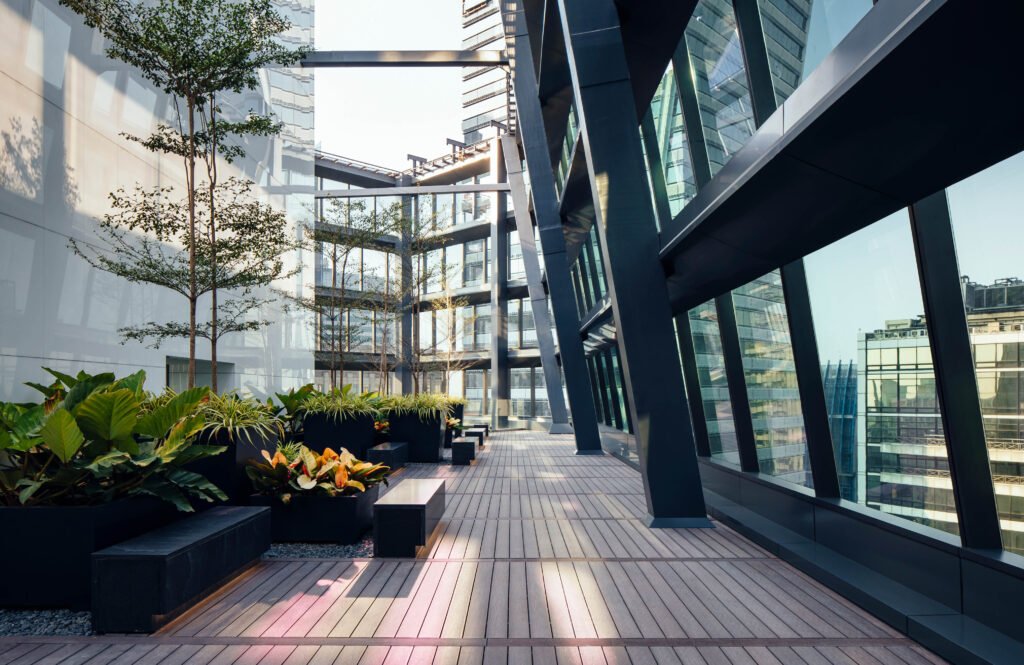
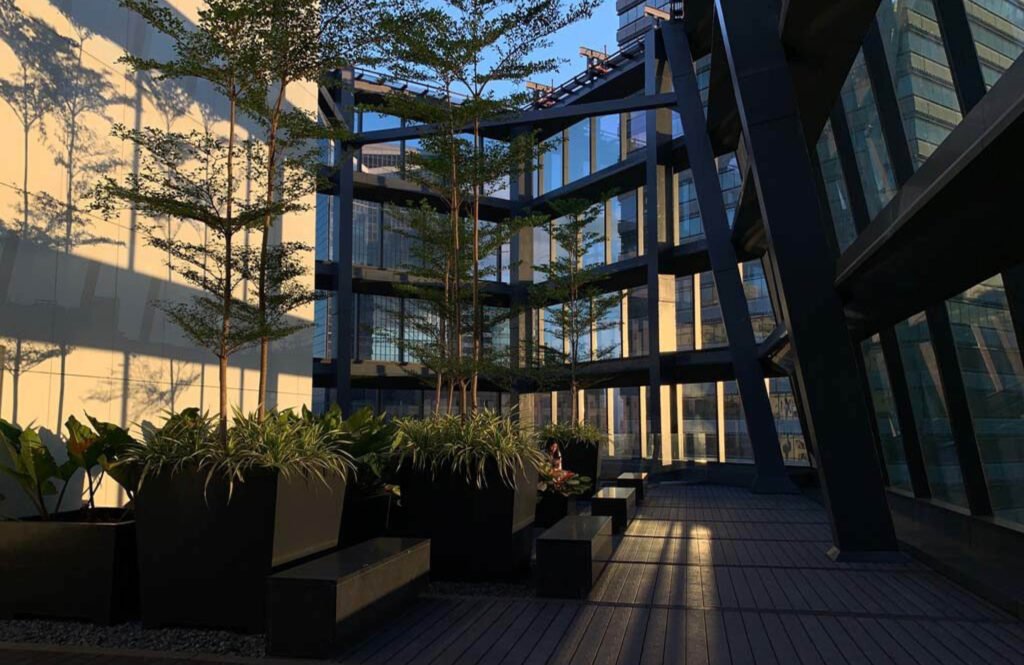
I wonder if that’s a cultural thing, and not necessarily because people don’t have water at home. Because I, too, wash my utensils after lunch at the office, and we have water at home.
Cuerva: It’s more of knowing that you are not supposed to do that because of the effects on the plumbing system. Most people don’t understand how a plumbing system works. They just see a faucet and a pipe and that’s it. They don’t understand that it will clog a system that is not designed for food. So, again, it’s education.
Jimenez-Ong: That’s interesting. Maybe one thing we can use is some sort of catch-it so it would be easy for our property managers.
Yes, maybe we should adjust to the culture because everyone wants to wash their lunch boxes.
Cuerva: That’s probably the smarter thing to do. I mean, you can’t educate everyone. There will always be someone who wants to wash their Tupperware with dinuguan in the bathroom.
Jimenez-Ong: …and throw their dinuguan down the drain. But the clean-out, that’s what that’s for. But that is also how you see it all. It’s like discovering…
Cuerva: …a whole new world!
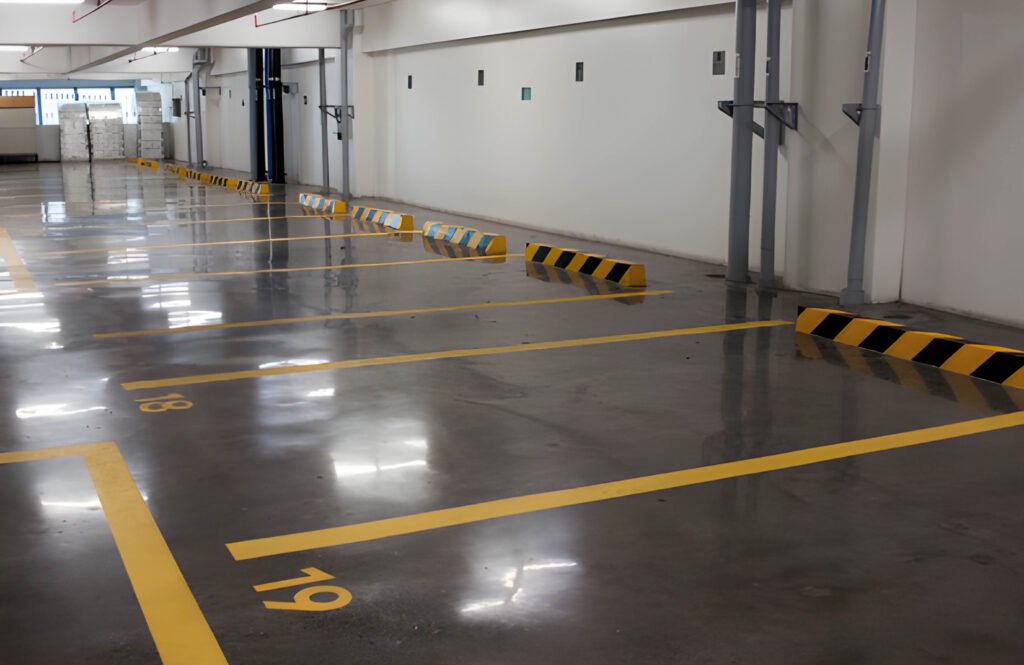

Chut and Carmen, many people might be thinking, “Whatever water I save is too small to count.” How would you counter that?
Cuerva: We do what we can as developers, as Carmen and I have illustrated. But maybe it’s not just developers who should work on saving water. Millennials are so into saving the planet. If you give them the right messaging, if they understand what’s at stake, and a lot of them already do, when you put together a campaign focused on water savings, that will really move the needle. We can only do so much in our buildings. You have to change people’s behavior to really make things happen. You need to educate. Media companies like Kanto can get things out and explain to a millennial that this is why we are doing this, then you can change people’s behavior.
Jimenez-Ong: For me, the struggle is real. It exists. Half of the global population already live in water-scarce areas. Seventy percent are in Asia. We are in a precarious situation as a world. Even if the struggle is enormous, take the baby steps and never tire of doing good. Whether you are a developer like us, seeking change at a bigger magnitude than a household, or not. It matters because you bring your behavior home with you—you should bring it home with you. And if we all were mindful then we will all be at a better place together.


Cuerva: Another avenue would be schools. I mean my four-year-old tells me to turn off the tap water. They are so much more sustainability-minded than our generation. If you teach kids to be that way early, then they carry that with them all their lives.
Jimenez-Ong: Also, by modelling. It’s important for kids to see us treat water like gold. •
Save our water! Watch these interviews: Water Like Gold. Carmen Jimenez-Ong of Menarco Development and Chut Cuerva of NOVA Group, Water for Wellness. Jack Noonan, International WELL Building Institute Vice President for Asia Pacific, Floodgates Open. Ross McKenzie, Arcadis Head of South-East Asia and India
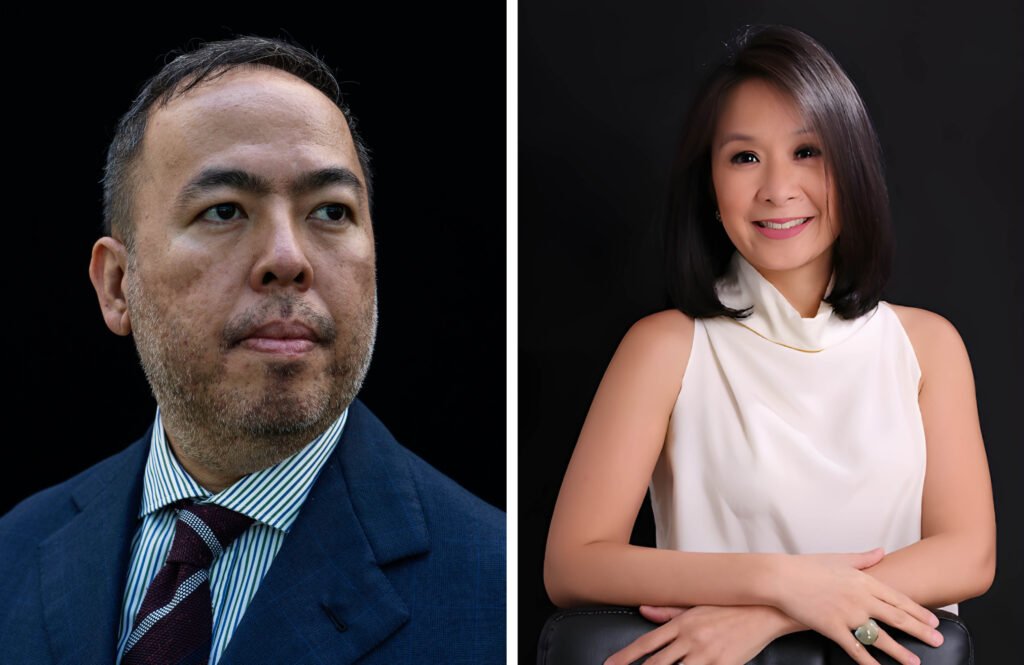

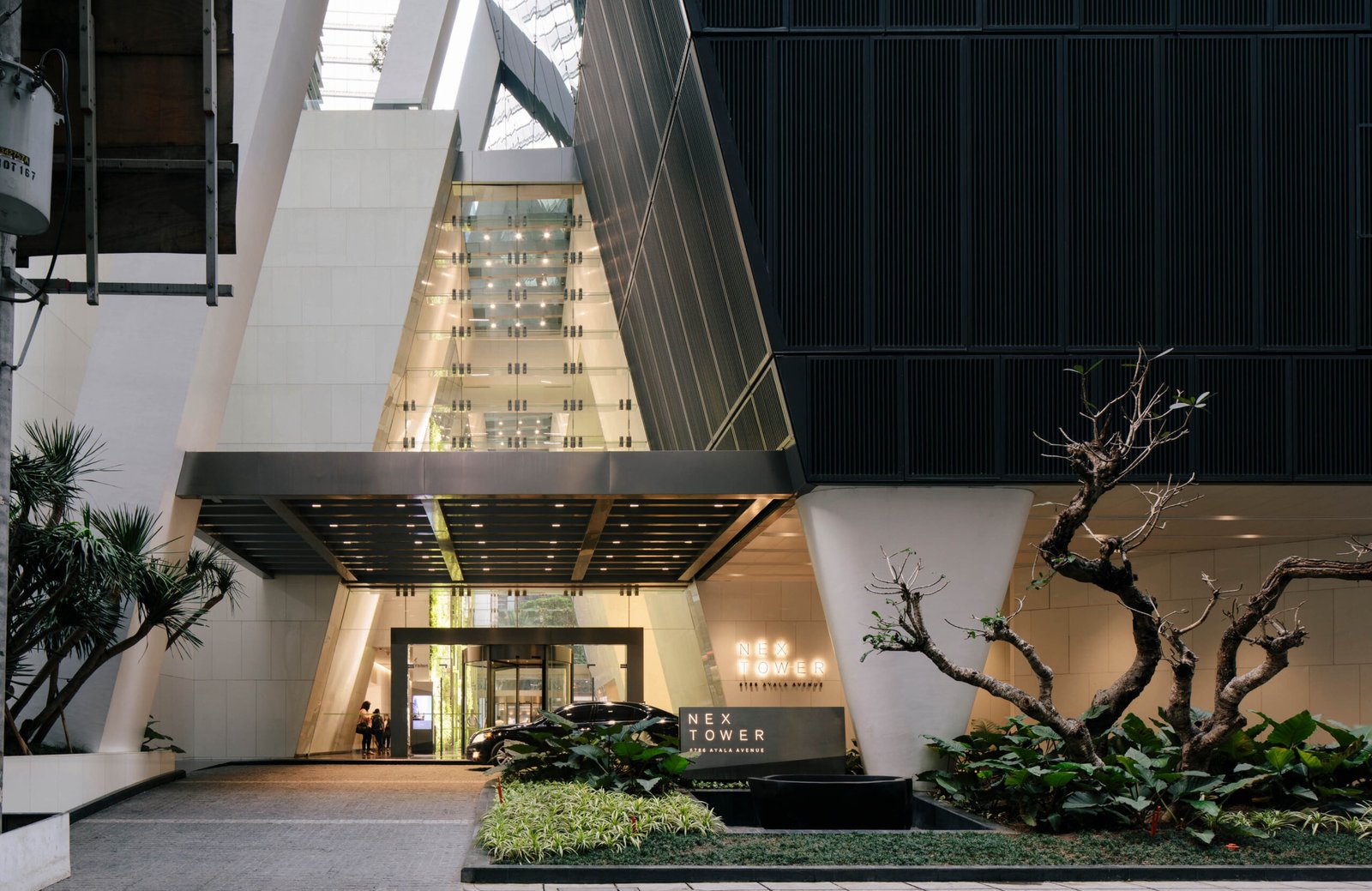

One Response